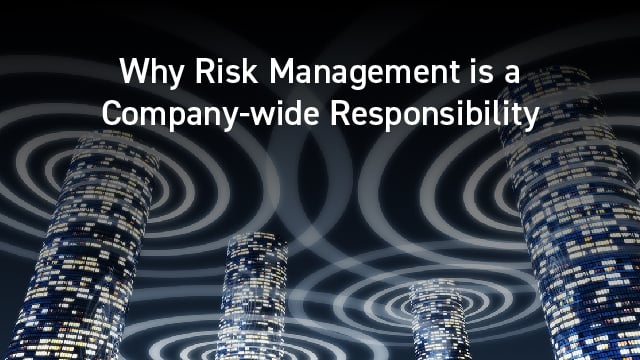Risk management has never been more critical than it is now. The risks modern organizations face has grown more complex, fueled by the rapid pace of globalization. Why?
A recent external risk that manifested as a supply chain issue at many companies quickly affected the way of doing business and the ability to interact with customers.
From now on, companies and especially their board of directors are taking a fresh look at what should be done to make their supply chains less vulnerable to crises. That is why they are reviewing their risk management programs.
What is risk management in PLM?
When discussing risk management in combination with managing a project or product, managers must be able to measure, calculate, and eventually mitigate the changes and risks that could make them stray from their initial plan.
Previously, managers used techniques that could measure the performance of a scheduled activity using float analysis techniques to gather the data and analyze the changes that they needed to work with.
Product Lifecycle Management (PLM) can bring different product lifecycle stages, conception, design, and manufacturing to end-of-life under one roof. It can seamlessly integrate with your organization's cloud and on-site business systems, identify risks early on, and help create a process easily deployed to mitigate risk at every stage.
Why risk management is so crucial in PLM
In the world of business, risk management can be defined as the forecasting and evaluation of risk factors throughout the lifecycle of a product or project, together with the identification of procedures to avoid or minimize their impact and adhere to all compliance requirements.
It is a continuous process of risk identification and mitigation and is closely linked to all the processes in an organization.
If properly managed, risk can be proactive rather than reactive and help the organization control all implied future events.
Properly managed risks can predict all possible future events and help in their soft landing by reducing the magnitude of their impact. For an organization to plan the lifecycle of its product, there must be a clear plan starting at the earliest stage, conceptualization, and run through design, manufacturing, after-sales, and end-of-life.
Several factors could hamper the realization of the objectives at every stage and ultimately translate into a loss of time and/or resources and force compromise on quality parameters.
For a product or project to have well-oiled management, it is essential that every organization creates a plan for capturing, measuring, evaluating, and mitigating risk.
Managing risk in silos
Organizations already have a lot on their plate, with governance and compliance regulations becoming increasingly stringent.
These factors add to the pressures on their operations and financial management, and they also have the added burden of managing several risk factors that could drive them off track from their objectives.
All organizations claim to have a risk management plan, but they often manage risks in silos, leading to ineffective, untimely, and poorly managed risk responsiveness. The best approach to managing risk is to perceive it as a lifecycle, where one step is a logical by-product of the other.
Conclusion
PLM can be viewed as a single source of truth, or in other words, a single source of information that can be easily accessed across an organization irrespective of disparate geographies, systems, or teams.
A Risk Management solution integrated with a PLM system can help the organization stay on its deliverables schedule and track the progress through milestones to provide achievement of the expected outcomes and ROI.
It can be seamlessly integrated into all the on-site and off-site systems of the organization and maintain an issue tracker that keeps track of the actual progress of the project in accordance with the proposed plan. It proactively identifies, measures, evaluates, and formulates a plan to mitigate the risks before they occur, which helps the company keep the project plan on track.
For more on why companies should consider "de-risking" their PLM, this blog might be of interest - De-risking Your PLM Should be Your Number One Priority.

